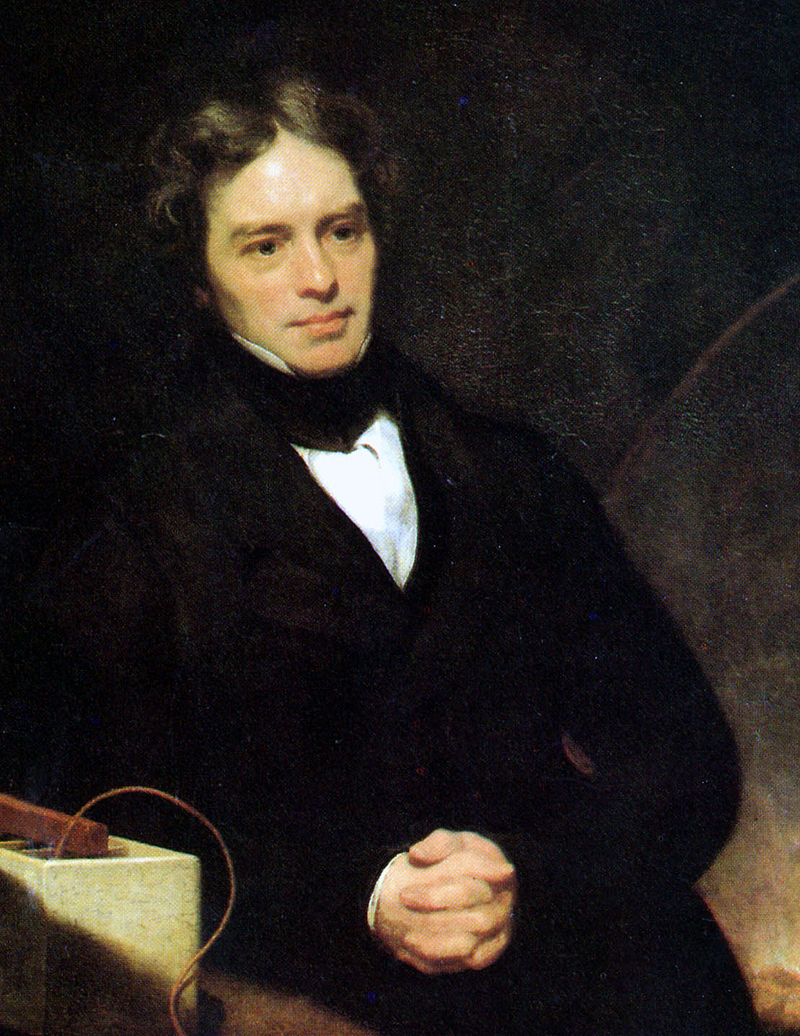On September 22nd, 1791 in Newington, England a blacksmith with three other children to care for unknowingly had a child who would revolutionize mankind’s ideas in chemistry and physics. In the late 1700’s and early 1800’s the majority of schools did not stress sciences, but rather, religious education. At the age of 12, Faraday took a job as an errand boy for a book seller. It is thought that this is when his formal education ended. A fringe benefit of the job is that he had access to many books – he read everything that caught his interest. Naturally, this included books on what was known about electricity and chemistry.
Faraday’s zeal for chemistry and electricity continued and he sat in on lectures from a local professor, Sir Humphry Davy. From these lectures it is quite possible that Faraday felt confident enough to test his own hypothesis and devised experiments. Accordingly, Davy took notice of the young Faraday and brought him on his staff – it was at this time, Faraday’s on the job training began.
A few of the findings that Faraday alongside Davy is that, a diamond is primarily carbon. This was discovered through burning the diamond, a way to prevent erosion on copper plated hulls, the liquification points of carbon dioxide, the discovery of tetrachloroethene used in dry cleaning, as well as, benzene (commonly found in aspirin) and naphthalene more commonly known as Mothballs.
In 1825 Davy retired and Faraday was chosen as his successor at the Royal institution. While in 1826 he kept Davy’s tradition of offering free lectures to children in order to create interest in scientific fields in the youth. Moreover, Faraday also held Friday evening lectures for all who wished to come and listen. A few years later, Faraday was appointed the professor of chemistry at the Royal Military academy where he continued to lecture, write and make progress in areas we now take for granted.

Main
Biography
Faraday's Law
Faraday Cage
Bibliography